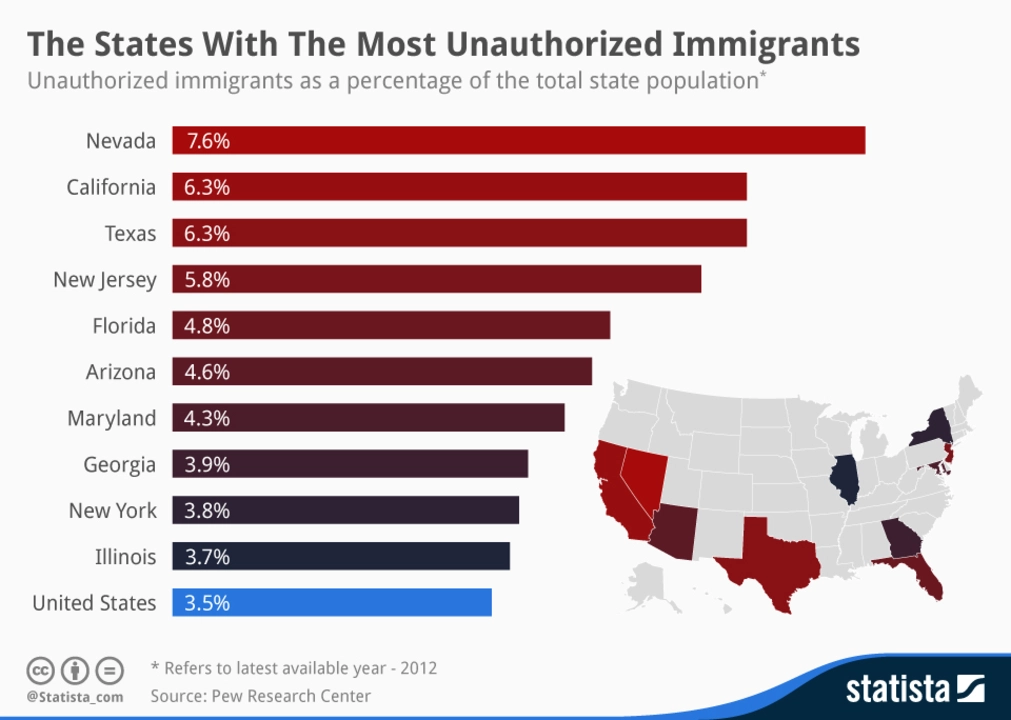Introduction
As a society, we often associate marriage with success and happiness, but there seems to be a growing trend of individuals choosing to stay unmarried. In India, this trend has caught the attention of many, and we can't help but wonder, what percentage of Indians stay unmarried? In this article, we will delve into this topic, explore the reasons behind this phenomenon, and discuss its implications on Indian society.
The Current State of Unmarried Individuals in India
According to recent statistics, about 5% of the Indian population, or approximately 65 million people, have never been married. This number has been steadily increasing over the past few decades, reflecting a shift in societal norms and values. While the majority of unmarried individuals are men, there has been a significant rise in the number of unmarried women as well. This trend is not limited to urban areas but can also be observed in rural communities.
Several factors contribute to this rising number of unmarried Indians. Changing social values, increasing focus on education and career, and the impact of globalization have encouraged many individuals to prioritize their personal goals and aspirations over traditional familial expectations.
Impact of Education and Career on Marital Decisions
Higher education and career opportunities have played a significant role in the increase of unmarried individuals in India. As more young people pursue higher education and enter the workforce, they often face a conflict between their career aspirations and the expectations of their families. With the rising costs of living, many individuals are choosing to delay marriage in order to establish themselves financially before taking on the responsibilities of a family.
Furthermore, as women gain access to education and employment opportunities, they are increasingly focusing on their careers and becoming more financially independent. This shift has led to a reevaluation of traditional gender roles, and some women are choosing to remain unmarried rather than conform to the expectations placed upon them within a marriage.
Changing Social Values and Attitudes Towards Marriage
Globalization and exposure to different cultures and ideas have led to a gradual shift in social values in India. Young people today are more likely to question the importance of marriage as the ultimate goal in life and are open to exploring alternative lifestyles. This change in attitude has contributed to an increasing number of unmarried individuals in the country.
Moreover, the concept of arranged marriages, which has been a long-standing tradition in India, has also faced scrutiny in recent years. With young people prioritizing personal choice and compatibility, there has been a decline in the acceptance of arranged marriages, resulting in a higher percentage of individuals remaining unmarried.
Implications of the Unmarried Population on Indian Society
As the number of unmarried individuals in India continues to rise, it is essential to consider the potential implications of this trend on society. The traditional Indian family structure, which places great importance on marriage and procreation, may face challenges as more individuals choose to remain unmarried. This shift could lead to a reevaluation of social norms and values, as well as changes in policy and legislation to accommodate the needs of unmarried individuals.
As more women choose to focus on their careers and remain unmarried, there could also be a significant impact on gender equality and women's empowerment. This shift challenges societal expectations and provides opportunities for women to redefine their roles within the family and society.
Addressing the Stigma Around Unmarried Individuals
Despite the increasing percentage of unmarried Indians, there is still a significant stigma surrounding those who choose not to marry. Unmarried individuals, particularly women, often face societal pressure and judgment. It is crucial to address this stigma and promote a more accepting and supportive environment for those who choose to remain unmarried.
By acknowledging and celebrating the diverse lifestyles and choices of individuals, we can work towards creating a society that values personal freedom and happiness over rigid expectations and societal norms. This shift in attitude will not only benefit unmarried individuals but will also promote a more inclusive and harmonious society as a whole.
Conclusion
In conclusion, the percentage of unmarried individuals in India is on the rise, reflecting a shift in societal values and priorities. As education, career opportunities, and changing social attitudes continue to influence marital decisions, it is essential to recognize and address the implications of this trend. By fostering a more inclusive and supportive environment for unmarried individuals, we can work towards creating a society that values personal choice and happiness over traditional expectations.
